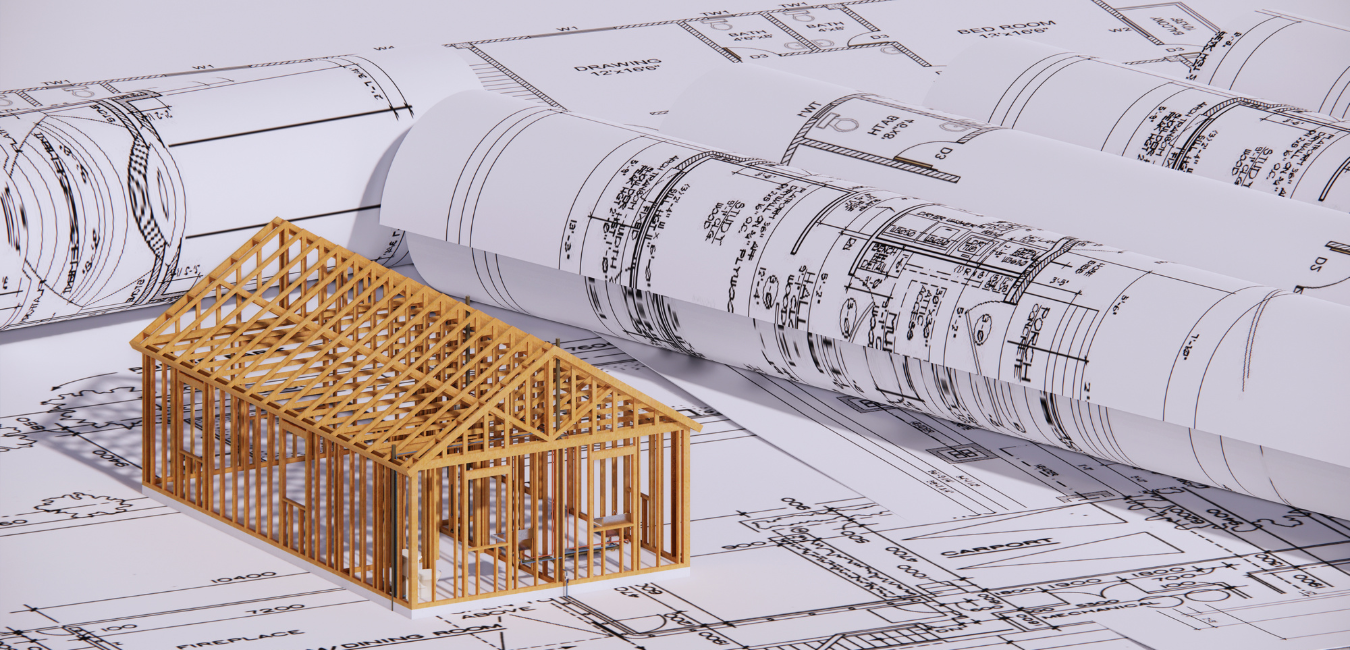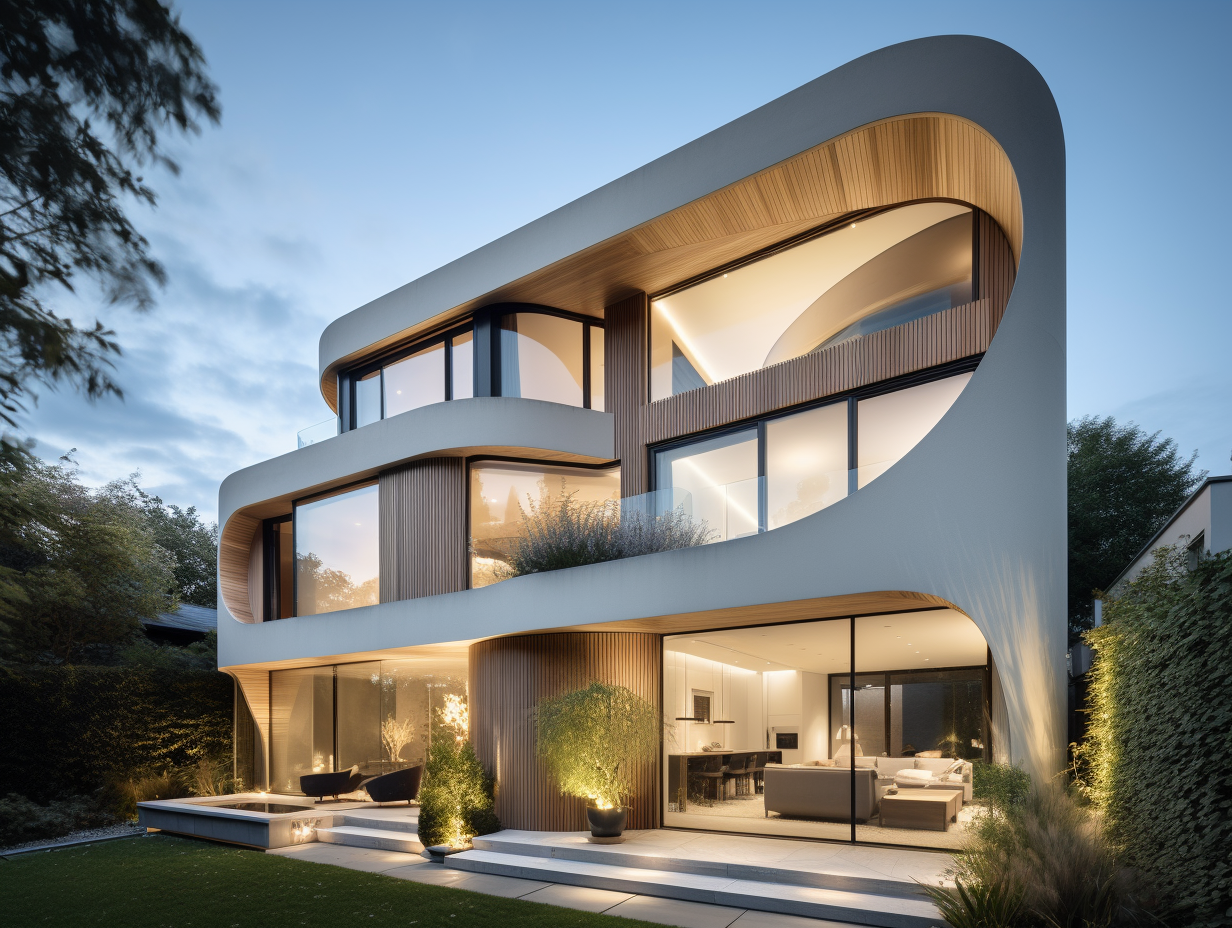Why CDA Architects Are Leaders in Architectural Style and Innovation
Why CDA Architects Are Leaders in Architectural Style and Innovation
Blog Article
The Vital Duty of a Designer fit Lasting Urban Atmospheres for Future Generations
The duty of an architect in crafting lasting urban settings is increasingly critical in reacting to the obstacles of environment modification and urbanization. By perfectly incorporating eco-friendly principles right into their styles, architects not just enhance the visual and functional high quality of urban spaces yet additionally address pressing problems such as energy performance and social equity. Their expertise in ingenious products and neighborhood interaction forms advancements that resonate with local values and desires. However, as we discover the complexities of this field better, it ends up being apparent that the future of urban living may pivot on the actual methods designers utilize today.
Recognizing Sustainable Urban Style
Sustainable metropolitan style integrates ecological principles with urban preparation to create settings that are not just livable however additionally resistant. This approach emphasizes the importance of including all-natural systems into the urban fabric, making sure that advancement satisfies the demands of the present without endangering the capacity of future generations to fulfill their very own needs. Crucial element of lasting urban layout include reliable land use, the promo of biodiversity, and the integration of eco-friendly spaces, every one of which add to boosted lifestyle for homeowners.
In addition, sustainable urban layout prioritizes the decrease of the metropolitan warm island impact, enhanced air high quality, and reliable stormwater monitoring. It motivates the use of renewable resources and energy-efficient building practices, which considerably reduced carbon footprints. Additionally, sustainable city design promotes social equity by developing accessible public rooms and promoting mixed-use advancements that cater to diverse populaces.
Via thoughtful planning and cutting-edge design strategies, lasting city atmospheres can enhance neighborhood durability versus environment adjustment while promoting economic advancement. This all natural technique not only addresses prompt urban obstacles but likewise lays the foundation for healthier, extra sustainable cities for generations ahead.
Key Obligations of Engineers
Architects play an essential role fit lasting metropolitan settings by equating style principles into substantial frameworks and spaces. Their obligations include a wide variety of activities that add to the overall success of metropolitan design tasks.
Primarily, designers carry out extensive site analyses to recognize the ecological, social, and social context of their jobs. This fundamental expertise educates their design choices, making sure that structures harmonize with their environments. They additionally engage in collaborative processes with stakeholders, consisting of city planners, engineers, and the area, cultivating a comprehensive approach to metropolitan growth.
In addition, architects are tasked with creating layouts that optimize energy performance, resource preservation, and capability. They must follow local zoning laws, building codes, and sustainability certifications, making certain compliance while pressing the limits of technology.
Moreover, designers are in charge of taking care of the style process, collaborating with numerous experts throughout the construction phase to make certain that the vision is understood accurately (cda architects). Ultimately, their duty is not solely about aesthetics; it has to do with producing resistant, flexible areas that boost the top quality of life for present and future generations, laying the groundwork for lasting city living
Cutting-edge Products and Techniques

In addition, innovations in modern technology have actually brought about the growth of high-performance products, such as insulated concrete types (ICFs) and photovoltaic glass, which contribute to power conservation and harness sustainable power. Methods such as passive solar layout and eco-friendly roofs further exhibit exactly how architecture can integrate with all-natural systems, minimizing reliance on artificial heating & cooling.
Furthermore, the combination of clever products, which adjust to ecological modifications, supplies encouraging methods for boosting building efficiency. These products can react to temperature level changes or dampness levels, enhancing convenience and sustainability.
Eventually, the critical option and application of innovative products and methods encourage engineers to develop metropolitan rooms that are not only practical and cosmetically pleasing however additionally durable and environmentally accountable, making certain a sustainable future for generations to come. cda architects.
Neighborhood Engagement and Cooperation
The success of ingenious materials and techniques in lasting city design is substantially improved by active area involvement and cooperation. Designers should recognize that the constructed environment greatly impacts the lives of regional residents, making it necessary to include them in that site the design process. Engaging the neighborhood fosters a feeling of ownership and accountability, ensuring that developments not only satisfy visual and useful demands yet likewise show the values and aspirations of those who inhabit them.

Successful neighborhood involvement additionally assists in focusing on social equity within metropolitan development. By their explanation considering the voices of marginalized populaces, architects can develop areas that are comprehensive and equitable. This way, community involvement and cooperation come to be indispensable to attaining genuinely lasting metropolitan environments that offer the requirements of existing and future generations.
Future Trends in Sustainable Design
An arising concentrate on adaptive reuse and round economy concepts is readied to redefine the landscape of sustainable architecture. As cities grapple with enhancing population densities and ecological obstacles, designers are progressively turning to techniques that enhance existing structures as opposed to going after new builds. This approach not just preserves social heritage however likewise considerably decreases source intake and waste.
Additionally, innovations in modern technology are shaping future trends in lasting style. The assimilation of clever products and building systems permits real-time power administration, enhancing efficiency and lowering carbon impacts. Innovations such as environment-friendly roof coverings, living wall surfaces, and energy-generating facades are coming to be common practices, better promoting eco-friendly balance within city atmospheres.
In addition, a shift in the direction of biophilic style is gaining grip, highlighting the connection in between nature and human well-being. By integrating all-natural elements, architects produce spaces that foster psychological wellness while promoting biodiversity.
Verdict
To conclude, designers are pivotal beforehand lasting metropolitan settings through their expertise in style, cutting-edge materials, and area interaction. By focusing on energy efficiency and source preservation, these professionals contribute to the production of resilient urban areas that fulfill the needs of present and future generations. The integration of eco-friendly principles not only improves livability yet also promotes social equity, making sure developments resonate with the values and goals of the neighborhoods they offer.
Report this page